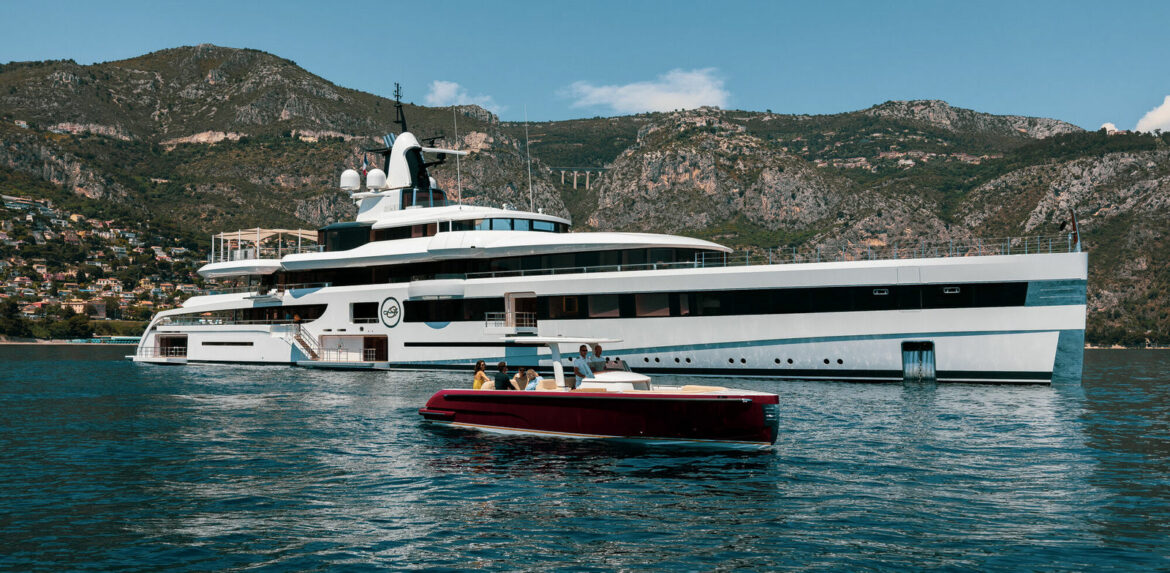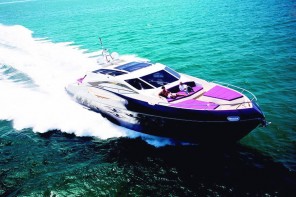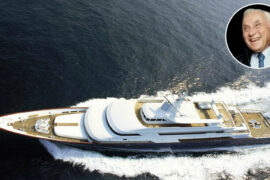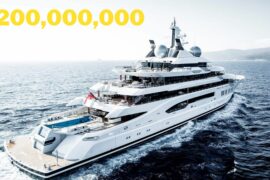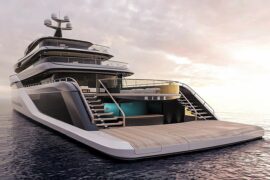With every emerging billionaire, a superyacht follows. It is a status symbol that signifies the tycoon has arrived, but these floating mansions come with monumental environmental baggage. Just like the grandeur of these gorgeous goliaths, their carbon footprint can no longer be ignored, especially since there are almost 6,000 superyachts (boats over 100 feet) cruising around the planet. This raises concerns about the impact these ultra-expensive assets have not on their wealthy owners but on the world around them.
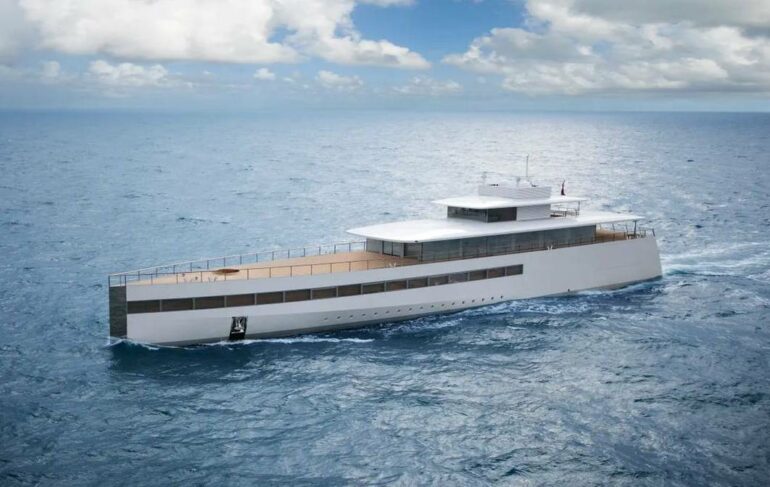
According to Bloomberg, the world’s wealthiest 10% already account for half of the world’s carbon dioxide emissions, as revealed in Oxfam research. Salle’s book estimates that only the top 300 superyachts emit almost 285,000 tons of CO2 annually.
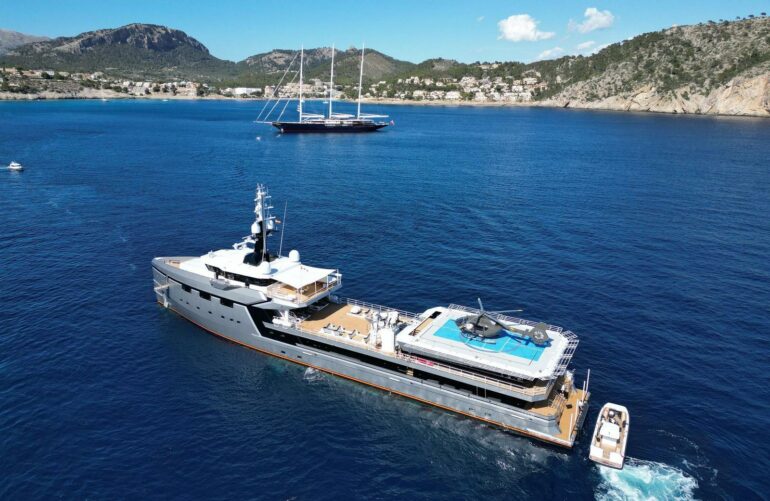
To put that into perspective, that is the carbon footprint of 17,800 average Americans. These billionaires might as well live in their own separate country. Yes, they also have humongous mansions, several estates, and private jets, but the megayachts are notorious for their emissions and can be singled out as the largest source of greenhouse gas emissions.

According to reports, ecocide, a term coined in 1970 by American biologist Arthur W. Galston, is now being vehemently focused on by some environmental lawyers. Ecocide not only properly defines the crime that is the destruction of an ecosystem, akin to crimes like genocide or war crimes, but it could become the first new crime added to international law since 1948. In 2021, lawyers proposed codifying ecocide into international criminal law, with European Union lawmakers voting to criminalize environmental damage, per Bloomberg. Whether this will deter billionaires, royal family members, celebrities, and oligarchs from owning luxury vessels remains to be seen.

Perhaps the best way forward is to take a page from centibillionaire Bill Gates’ book and come up with something like the $645 million green superyacht, Project 821. It may not completely eliminate its footprint, but would drastically reduce the environmental impact. Lürssen’s 114.2-meter superyacht Project Cosmos is also setting a benchmark by using green fuel cell technology that could steer the yachting industry toward an emission-free future fueled by clean energy. Completely understanding a superyacht’s true carbon emissions is difficult due to a lack of data, ships going dark, and their secretive nature.
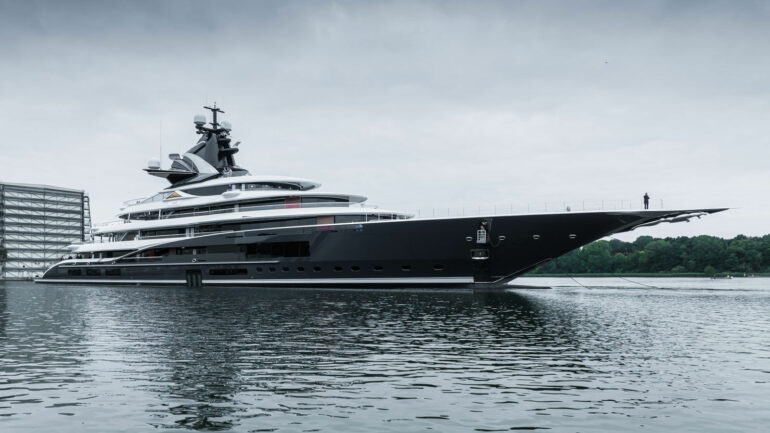
Still, according to Malcolm Jacotine, founder of the superyacht consultancy firm Three Sixty Marine, yachting emissions will hit 10 million tons by 2030 if changes are not made soon. That is a monumental amount, equal to almost two and a half times the carbon emissions of Iceland.

Moreover, superyachts, unlike homes or private jets, are not used as regularly and still leave such a severely damaging aftereffect. Most yachts spend only 10% to 20% of the year sailing, during which they rely on engine power. Even when docked, they continue to function as floating hotels irrespective of whether the owners are aboard or not.

These pleasure crafts are packed with luxuries, the finest furnishings, and expensive artwork, and rely on generators to keep their air conditioning running to maintain these niceties. This, in turn, emits more and more CO2. Take the case of the superyacht Alfa Nero, which burns more than $2,000 of diesel everyday just to keep its generators running. Microsoft co-founder Bill Gates may have abandoned Feadship Project 821, but he did give the world a path that can be less detrimental to the very nature these boats are made to enjoy!
